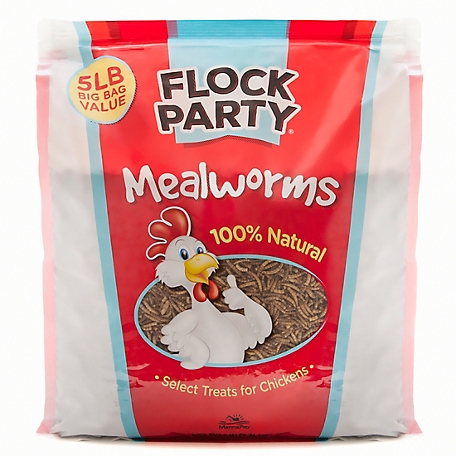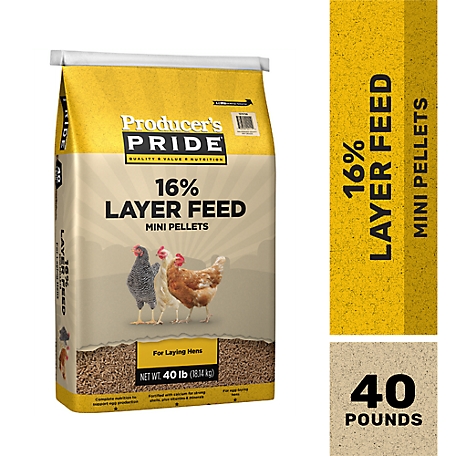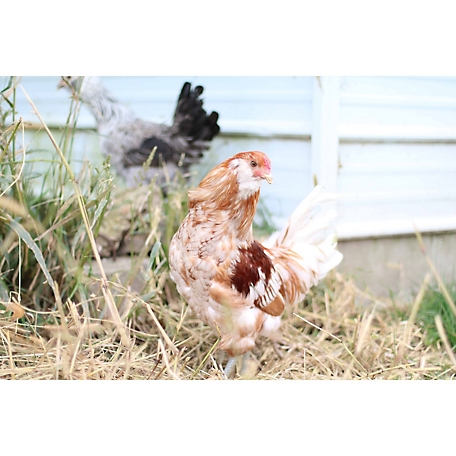Hoover’s Hatchery Live French Pearl Guineas, 10 ct.
The Hoover’s Hatchery French Pearl Guineas are the most common variety of Guinea sold. They sport dark gray or black plumage with specks of white. These beautiful French pearl guineas make the best watch dogs for your farm or yard.
The Hoover’s Hatchery French Pearl Guineas are the most common variety of Guinea sold. They sport dark gray or black plumage with specks of white. These beautiful French pearl guineas make the best watch dogs for your farm or yard. Considered one of the best domestic foragers, these baby guinea keets will get rid of any tick or grub in your yard.
- Bird purpose: Guard fowl, eggs are richer than chicken eggs, meat is similar to pheasant
- Egg production rate: Female guineas produce approximately 100 eggs/year
- Egg color: Cream
- Egg size: Small
- Bird characteristics: French Pearl Guineas are noisy, comical birds, and are territorial with loud chirping alarm to warn of anything out of the ordinary
- Mature weight: Male 3 lbs, female 3.5 lb.
- Package quantity: 10 baby guinea keets
- Guarantee of 90% accuracy on all sexed poultry
Additional information
| Bird Purpose | Meat, Eggs |
|---|---|
| Egg Production Rate | 100 Eggs/Year |
| Guinea Breed | French Pearl |
| Package Quantity | 10 |
| Species | Guinea |
| Manufacturer Part Number | FPGS |









by Drew
One died out of the 10 purchased in transit. Beside that, I am very pleased with my birds.
by Wahoo
Everything is as promised…eating day and night growing like a weed and perky as could be.
by Lady
These little keets are cute and adorable. They are doing great, and we have had them a little over a week now. They are already starting to get their feathers. For transparency, I did read reviews that said they lost some or most of their keets. We lost three keets in the first day. It was clear when we got them, that those three wouldn’t make it. Maybe they send them out to early. Otherwise, these keets are growing and thriving! Would definitely purchase again.